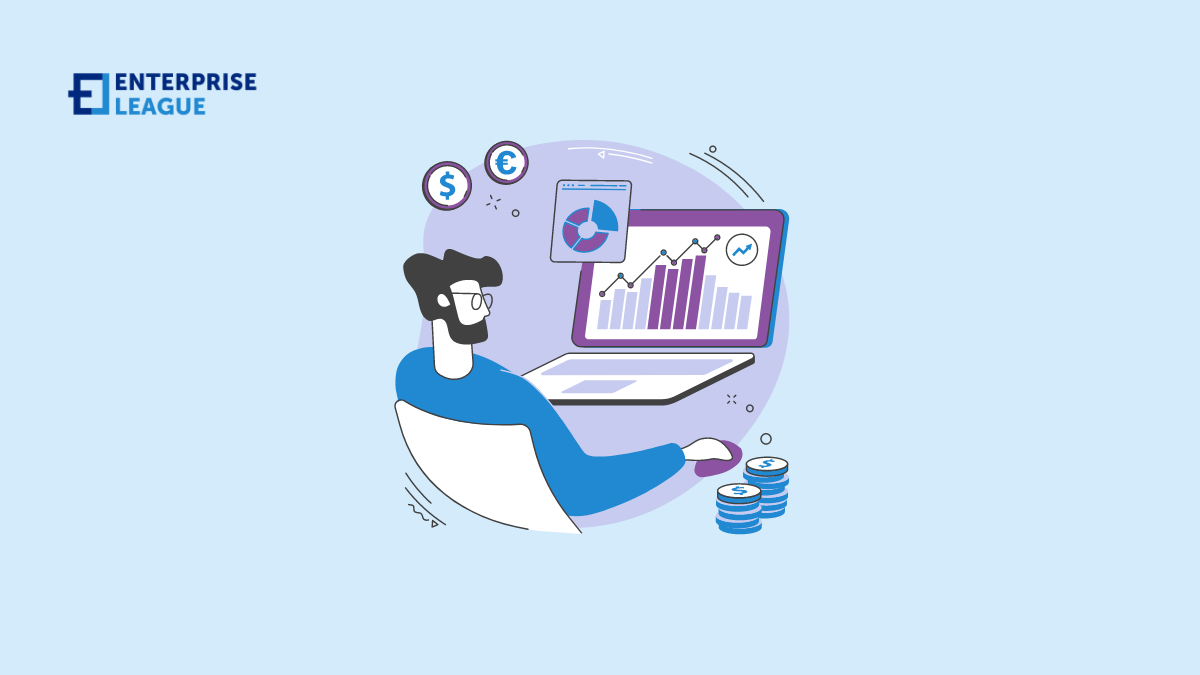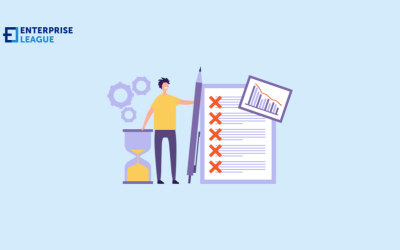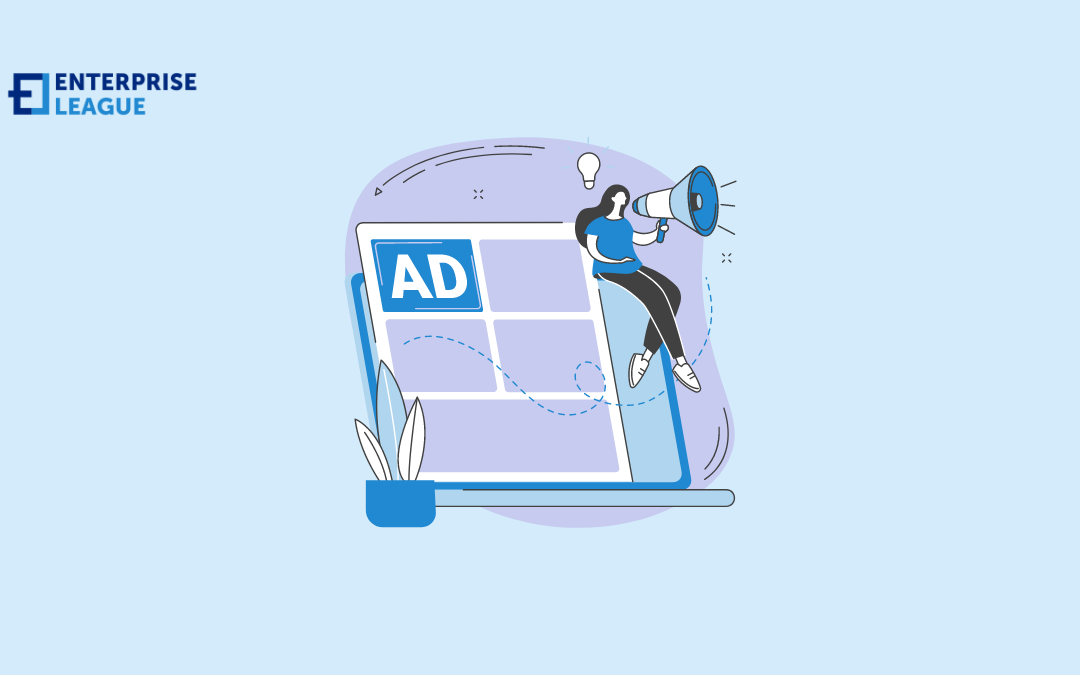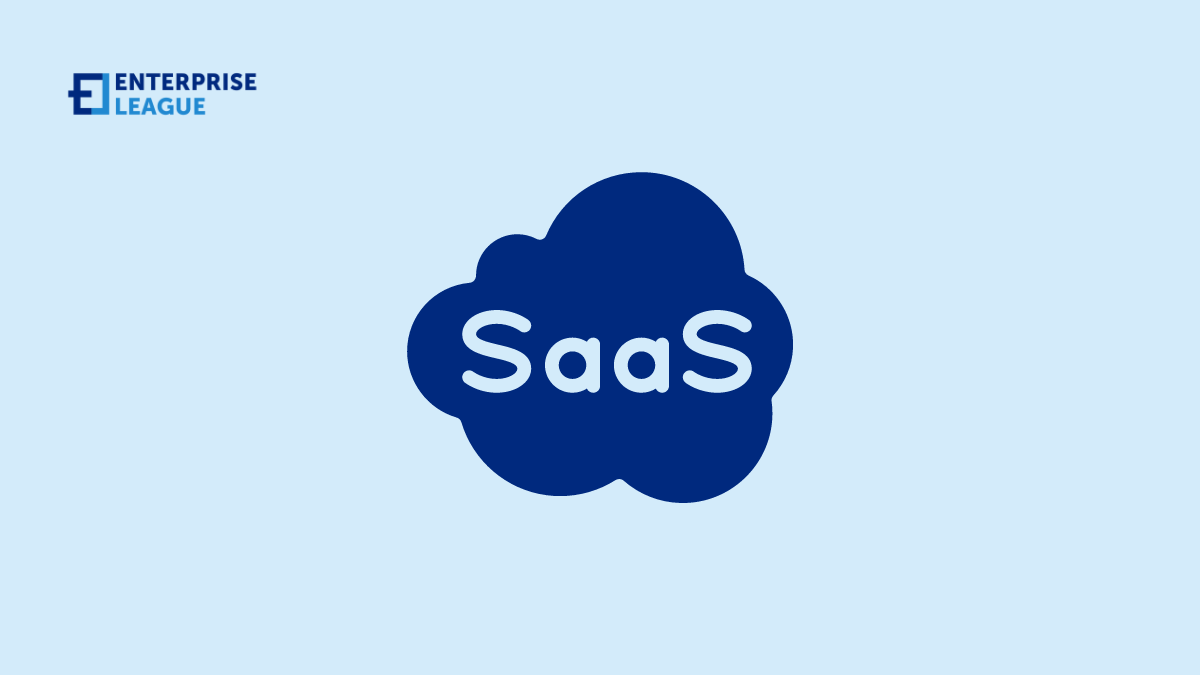These small office Christmas party ideas on a budget are a must for the festive season. Pick whatever works for you best and show your employees how much you care.
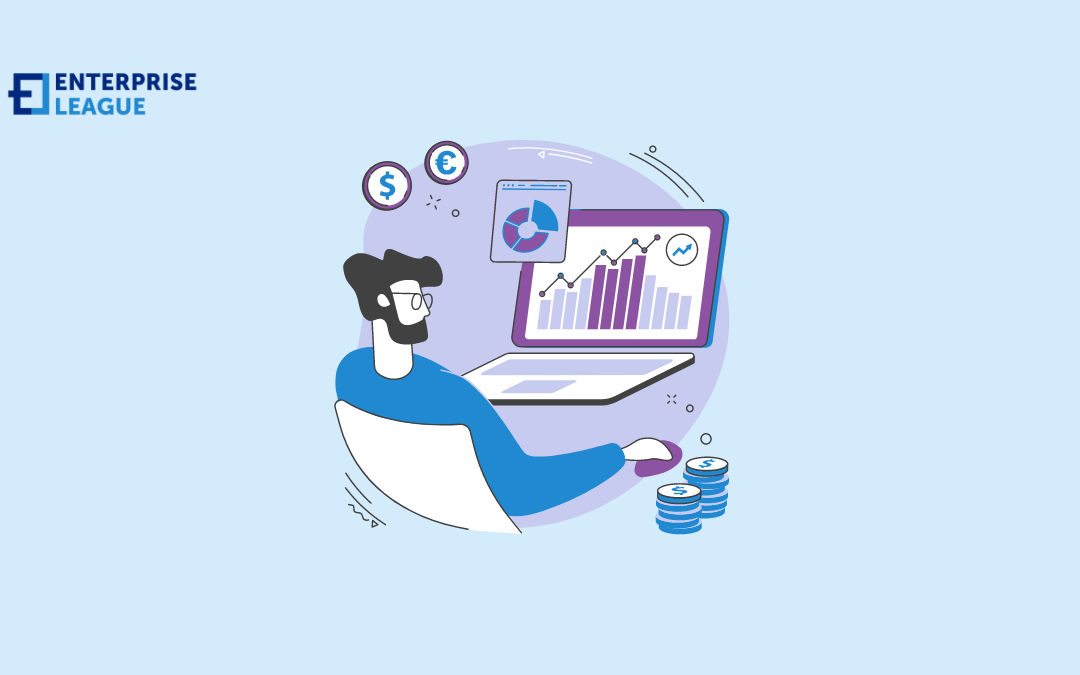
Starting your trading account: Step-by-step guide
Starting a trading account can be an exciting and potentially profitable venture. However, it’s not something to rush into blindly. Just like any other investment, venturing into the world of trading requires careful planning and a thorough understanding of the steps involved.
This guide will walk you through each crucial step to ensure you set yourself up for success right from the start.
Research and choose a broker
Before you get started with your trading account, it’s crucial to find a reputable broker. This step involves thorough research and comparison.
Choosing the right broker is essential for a successful trading journey. Consider the following factors:
- Regulation: Ensure the broker is regulated by a reputable financial authority.
- Fees and commissions: Compare the fees and commissions charged by different brokers.
- Trading platforms: Evaluate the trading platforms offered and their features.
- Customer support: Check the quality and availability of customer support.
Some well-known brokers include:
- Interactive brokers: Known for low fees and a wide range of assets.
- TD Ameritrade: Offers extensive research tools and educational resources.
- E-TRADE: User-friendly platform with robust mobile apps.
Open your trading account
Once you’ve chosen a broker, the next step is to open your trading account. This process involves several steps, which are usually straightforward.
Steps to open an account:
- Complete the application: Fill out the application form on the broker’s website.
- Submit identification documents: Provide identification documents such as a passport or driver’s license.
- Fund your account: Transfer funds into your trading account using your preferred method.
- Verify your account: Follow the broker’s instructions to verify your account.
Opening an account with TD Ameritrade:
- Visit the TD Ameritrade website and click on “Open New Account.”
- Complete the application form with your personal information.
- Submit identification documents.
- Transfer funds using a bank transfer or credit card.
- Verify your account through the email verification link.
Learn the basics of trading
Before you start trading, it’s important to understand the basics. This knowledge will help you make informed decisions.
- Types of securities: Learn about different types of securities, such as stocks, bonds, and mutual funds.
- Market orders vs. limit orders: Understand the difference between market orders (buying/selling at the current market price) and limit orders (buying/selling at a specified price).
- Technical analysis: Study charts and indicators to predict future price movements.
- Fundamental analysis: Analyze a company’s financial health and market position to make informed trading decisions.
There are numerous resources available to help you learn about trading:
- Books: “A Beginner’s Guide to the Stock Market” by Matthew R. Kratter.
- Online courses: Udemy and Coursera offer comprehensive trading courses.
- Websites: Investopedia provides extensive articles and tutorials.
Develop a trading strategy
Components of a trading strategy:
- Risk management: Determine how much risk you are willing to take on each trade.
- Entry and exit points: Decide when to enter and exit trades based on your analysis.
- Position sizing: Determine the size of each trade based on your account balance and risk tolerance.
- Diversification: Spread your investments across different assets to reduce risk.
In addition, staying informed about market trends and stock forecasts can aid in making educated decisions. For instance, considering the SMCI stock price forecast can provide insights that complement your trading strategy.
Start trading and monitor your progress
With your trading account set up and your strategy in place, you can start trading. It’s important to monitor your progress and adjust your strategy as needed.
Tips for successful trading:
- Keep a trading journal: Record all your trades, including the reasons for entering and exiting each trade.
- Review your trades: Regularly review your trades to identify patterns and areas for improvement.
- Stay informed: Keep up with market news and trends to make informed trading decisions.
- Be patient: Trading is a long-term endeavor, and patience is key to success.
Monitoring tools:
- Brokerage platform: Use the tools provided by your broker to track your trades and account balance.
- Trading software: Consider using trading software like MetaTrader or NinjaTrader for advanced analysis and tracking.
Conclusion
Starting a trading account involves careful planning and learning. By following this step-by-step guide, you’ll be well-prepared to begin your trading journey.
Remember to choose a reputable broker, learn the basics of trading, develop a solid strategy, and monitor your progress. Happy trading!
More must-read stories from Enterprise League:
- Creative and profitable outdoor business ideas you should be aware of.
- Entrepreneurs over 70 that have defiled old age.
- Engaging online networking events that you should not miss.
- Find out everything you need to know about the 10 Ds of entrepreneurship.
- Find out all the things that make messy people smarter.
Related Articles
18 small office Christmas party ideas to avoid cliches (2025)
The art of losing: Why failure is essential in business
Let’s discuss why avoiding failure might be your biggest mistake and how those setbacks can transform you into a more resilient and successful entrepreneur.
40 inspiring business leadership quotes in 2025
It’s a common thing to deal with burnout when it comes to leadership and with that said, we’ve made a list of business leadership quotes to motivate you.
Where to rent audiovisual equipment for corporate events
Find the perfect audio visual rental solutions for your corporate events, from trusted providers offering professional equipment and setup services.
Applying lean thinking to data storage
Learn how to optimize your data storage by using lean principles that will cut waste, improve efficiency, and reduce costs while maintaining data integrity.

